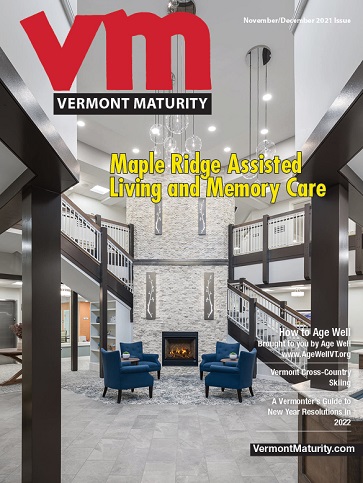
There’s a wide array of housing options available to seniors, but what’s appropriate for your loved ones will depend on their needs and financial situation. Here’s a rundown of the different levels of senior housing and some resources to help you choose one.
Independent Living
If your loved one is in relatively good health and self-sufficient, “independent living communities” are a top option that can offer a sense of community. Typically, available to people over age 55, this type of senior housing is usually apartments or town homes that are fully functional. In addition, many communities also offer amenities such as meals served in a common dining area, housekeeping, transportation, and a variety of social activities.
To locate this type of housing, contact your Area Agency on Aging (call 800-677-1116 to get your local number), or use an online search tool. Most of these communities are private pay only and can vary greatly in cost ranging anywhere from $1,500 to $6,000 per month.
Assisted Living
If your loved one needs some help with daily living chores, they probably need an “assisted living facility.” These facilities provide help with the activities of daily living – like bathing, dressing, eating, going to the bathroom – as needed, as well as meals, housekeeping, transportation, social activities, and medication management. Many facilities also offer special “memory care units” for residents with dementia.
Costs for assisted living usually run between $3,000 and $6,000 per month depending on location and services needed. Most residents pay for assisted living from personal funds, while some have long-term care insurance policies. And many state Medicaid programs today also cover some assisted living costs for financially eligible residents.
Another similar, but less expensive option to investigate is “board and care homes.” These offer many of the same services as assisted living facilities but in a much smaller home setting.
Your Area Aging Agency is again a good resource for finding assisted living facilities and board care homes.
Nursing Homes
If your loved one needs ongoing medical and personal care or has very limited mobility, a nursing home, which provides 24-hour skilled nursing care is the next option. To find a good one, use Medicare’s nursing home compare tool. This tool will not only help you locate nursing homes in your area, but it also provides a 5-star rating system on recent health inspections, staffing, quality of care, and overall rating.
But be aware that nursing home care is very expensive, costing anywhere between $4,500 and $13,000 per month for a semi-private room depending on where you live. Most residents pay from either personal funds, a long-term care insurance policy or through Medicaid after their savings are depleted.
Continuing-Care Retirement Communities (CCRC’s)
If your loved one has the financial resources, a “CCRC” is another option that provides all levels of housing (independent living, assisted living and skilled nursing home care) in one convenient location. But these communities typically require a hefty entrance fee that can range from $20,000 to $500,000 or more, plus ongoing monthly service fees that vary from around $2,000 to over $4,000. To search for CCRC’s visit Caring.com.
Need Help?
If you’re not sure what your loved one needs, consider hiring an aging life care expert who can assess them and find their appropriate housing for a fee – usually between $300 and $800.Or you can use a senior care advising service like A Place for Mom for free. They get paid from the senior living facilities in their network.
Jim Miller publishes the Savvy Senior, a nationally syndicated column that offers advice for Boomers and Seniors.
Related Articles & Free Vermont Maturity Magazine Subscription

Factors That Influence a Move to Senior Housing
Naturally Occurring Retirement Communities






Comment here